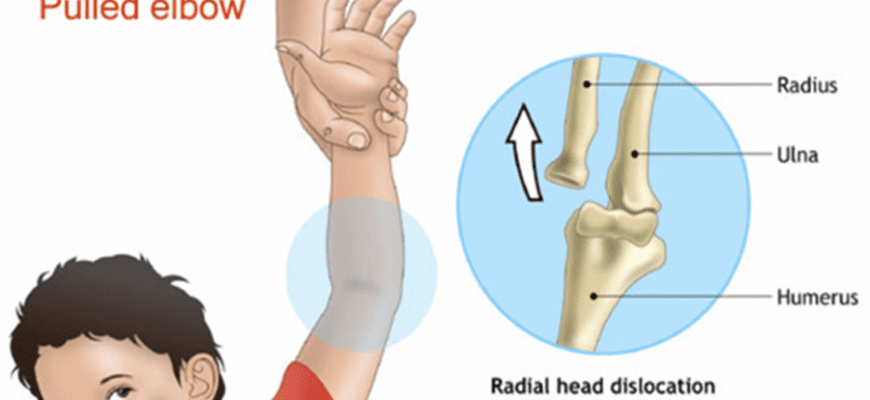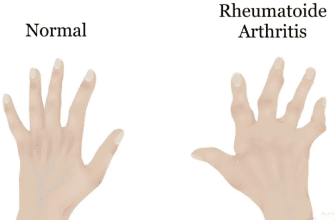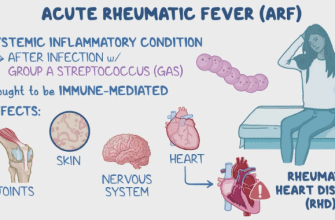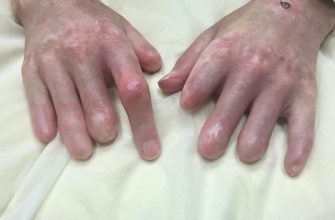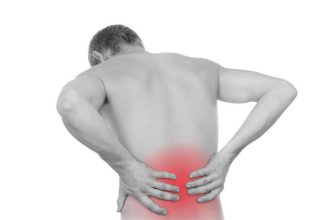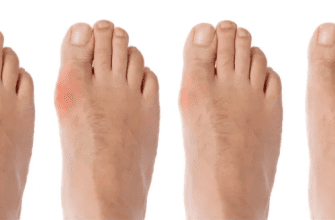Forearm Bone Dislocations: A Comprehensive Guide
What it is:
A forearm bone dislocation is a severe injury where the two bones of the forearm (the radius and ulna) are forced out of their normal alignment at either the elbow or the wrist joint. These are high-energy injuries that often involve significant damage to the ligaments that hold the joints stable. They are less common than fractures but are considered complex and serious.
Important Note: Isolated dislocations of the radius or ulna shafts are extremely rare. The term “forearm dislocation” almost always refers to injuries where one bone is dislocated and the other is fractured, or where the joints at either end of the forearm are dislocated.
Types:
The two primary types of forearm dislocations are named after the doctors who first described them. Both are considered fracture-dislocations.
- Monteggia Fracture-Dislocation:
- What it is: A fracture of the proximal ulna (the top third of the bone near the elbow) combined with a dislocation of the radial head (the top of the radius at the elbow joint).
- Cause: Typically from a direct blow to the back of the upper forearm or a fall onto an outstretched hand with the arm forced into an awkward position.
- Galeazzi Fracture-Dislocation:
- What it is: A fracture of the radial shaft (usually the distal or middle third) combined with a dislocation of the ulna at the distal radioulnar joint (DRUJ) at the wrist.
- Cause: Often from a fall onto an outstretched hand with a rotational force or a direct blow to the wrist.
Symptoms:
- Severe, immediate pain at the elbow, forearm, and/or wrist.
- Visible deformity (the arm may look bent, shortened, or misaligned).
- Significant swelling and bruising.
- Complete inability to rotate the forearm (unable to turn the palm up or down).
- Inability to bear weight or use the arm.
- Numbness or tingling in the hand or fingers (a sign of potential nerve injury).
Diagnosis:
- Physical Examination: A doctor will look for deformity, swelling, and open wounds. A thorough neurovascular exam is critical to check for nerve or blood vessel damage.
- X-rays: The essential first step. X-rays must include the entire forearm, elbow, and wrist on one film. A common error is to X-ray only the obvious area of pain, which can lead to missing the associated dislocation (e.g., missing a radial head dislocation in a Monteggia injury).
- CT Scan: Often used for pre-surgical planning to get a detailed 3D view of the fracture patterns and the alignment of the joints.
Prevention:
Prevention is difficult as these are traumatic injuries, but general safety measures apply:
- Wear protective gear for high-risk activities and sports.
- Practice fall prevention strategies, especially for older adults.
- Always wear a seatbelt in a vehicle.
Treatment:
These injuries virtually always require surgical intervention. The combination of a broken bone and a dislocated joint creates profound instability that cannot be managed with casting alone.
- Initial Treatment: Involves immobilization in a splint, ice, elevation, and urgent referral to an orthopedic surgeon.
Types of Surgeries:
The goal of surgery is to anatomically realign and stabilize both the fracture and the dislocation.
- Open Reduction and Internal Fixation (ORIF): This is the standard treatment.
- For Monteggia injuries: A plate and screws are used to fix the ulna fracture. Once the ulna length is restored, the radial head typically reduces (pops back into place) on its own. If it remains unstable, the torn ligament around the radial head may need to be repaired.
- For Galeazzi injuries: A plate and screws are used to fix the radius fracture. This usually allows the dislocated DRUJ at the wrist to reduce. The stability of the DRUJ is then tested. If it remains unstable, it may need to be pinned temporarily or repaired.
Prognosis:
- The prognosis is guarded but generally good with prompt, appropriate surgery. The outcome depends on the severity of the initial injury and the accuracy of the surgical repair.
- Potential Complications: Include stiffness (especially loss of forearm rotation), malunion or nonunion of the fracture, post-traumatic arthritis, nerve injury (especially to the radial nerve in Monteggia injuries), and chronic instability of the repaired joint.
Warning Signs & When to See a Doctor:
A forearm injury with significant deformity, pain, and inability to move the elbow or wrist is a medical emergency.
Go to the Emergency Room immediately if you experience:
- A visibly deformed or misshapen forearm, elbow, or wrist after trauma.
- Numbness, tingling, or a “pins and needles” feeling in the hand or fingers.
- The hand or fingers feel cold or turn pale or blue.
- Severe, unrelenting pain.
- An open wound where the bone may be protruding.
